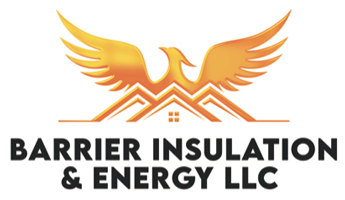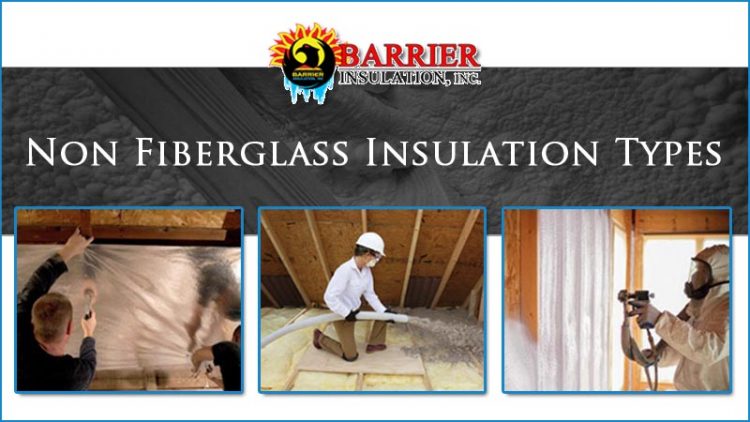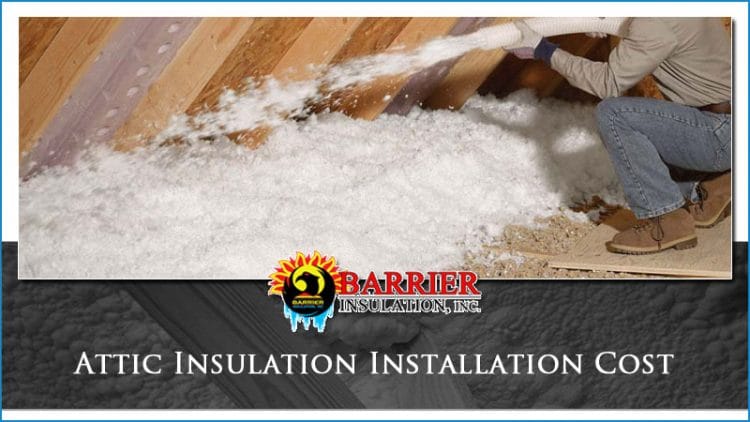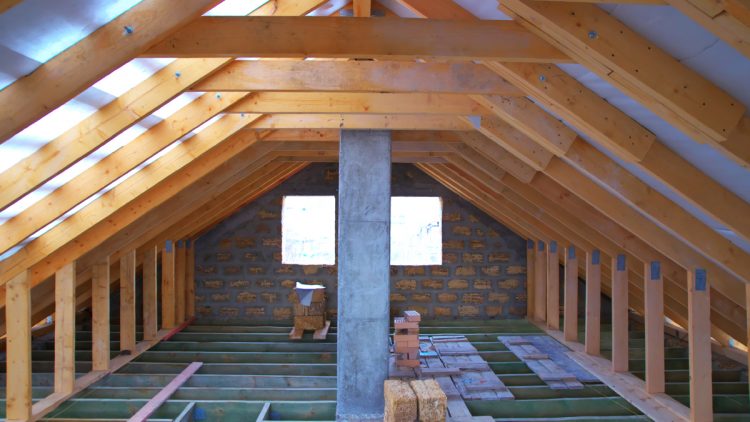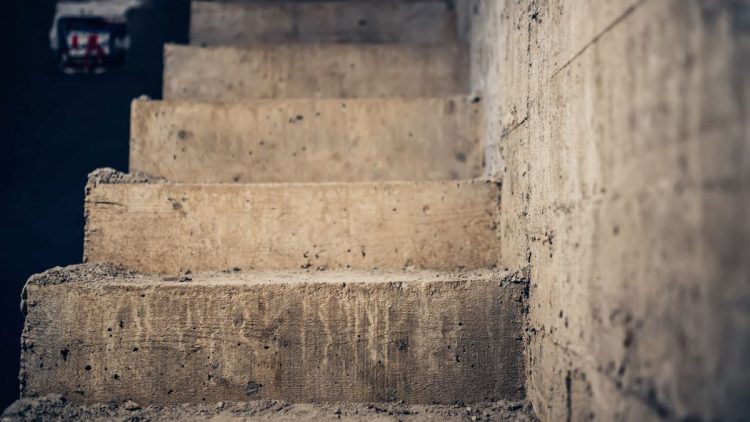Non Fiberglass Insulation
If you are searching for types of Non Fiberglass Insulation, this article should help! We put together a list of all the different types of insulation that doesn’t contain Fiberglass. Fiberglass insulation has been used for many years and is very common in Arizona homes. With advances in material sciences and understanding of how some elements affect our health many homeowners are looking for non fiberglass insulation types.
There are several different types of non fiberglass insulation including:
Spray Foam Insulation
 Spray foam insulation is one of the most popular choices in house insulation in today’s market. This is because it not only insulates the house, but it creates a seal. Even the best contractors cannot create an air tight seal with joints. With this expanding foam insulator these gaps can be sealed up and your home can be dramatically more energy efficient.
Spray foam insulation is one of the most popular choices in house insulation in today’s market. This is because it not only insulates the house, but it creates a seal. Even the best contractors cannot create an air tight seal with joints. With this expanding foam insulator these gaps can be sealed up and your home can be dramatically more energy efficient.
Loose & Blown In Insulation
 Cellulose and mineral wool are two types of loose/blown in insulation types. There is a fiberglass option in this type of insulation so home owners wanting to stay away from fiberglass insulation will want to be very specific about what type they want their contractor to put in their home.
Cellulose and mineral wool are two types of loose/blown in insulation types. There is a fiberglass option in this type of insulation so home owners wanting to stay away from fiberglass insulation will want to be very specific about what type they want their contractor to put in their home.
Reflective & Radiant Barrier Insulation
 In areas like Arizona radiant barrier insulations are especially effective. Many homes have their cooling ducts running through the ceilings and attic areas. In these cases keeping the attic cooler is absolutely critical in having an energy efficient home. Radiant barriers alone can reduce energy costs as much as 5-10%. Using a radiant barrier in combination with another insulation type is a great way to maximize the homes thermal efficiency and reduce energy costs year long.
In areas like Arizona radiant barrier insulations are especially effective. Many homes have their cooling ducts running through the ceilings and attic areas. In these cases keeping the attic cooler is absolutely critical in having an energy efficient home. Radiant barriers alone can reduce energy costs as much as 5-10%. Using a radiant barrier in combination with another insulation type is a great way to maximize the homes thermal efficiency and reduce energy costs year long.
Cotton Insulation
 Cotton insulation is commonly made out of old jeans. You know those 90’s jeans you never wear anymore? There is a company called Bonded Logic that can take those unwanted jeans and turn them into denim insulation. Denim insulation is actually becoming very popular, being sold by stores, and comes in a variety of thicknesses.
Cotton insulation is commonly made out of old jeans. You know those 90’s jeans you never wear anymore? There is a company called Bonded Logic that can take those unwanted jeans and turn them into denim insulation. Denim insulation is actually becoming very popular, being sold by stores, and comes in a variety of thicknesses.
Cullulose Insulation
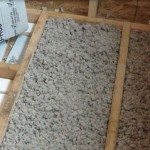 Cellulose Insulation is comprised of nontoxic and recycled treated cardboard or newspaper, provides excellent insulation for your business or home, and costs less to install than cotton. When cellulose came out, it wasn’t that popular with homeowners because they feared that the cellulose would invite mold and critters into their home. Although, with advances in nontoxic chemicals, this type of insulation is better protected and is now flame resistant.
Cellulose Insulation is comprised of nontoxic and recycled treated cardboard or newspaper, provides excellent insulation for your business or home, and costs less to install than cotton. When cellulose came out, it wasn’t that popular with homeowners because they feared that the cellulose would invite mold and critters into their home. Although, with advances in nontoxic chemicals, this type of insulation is better protected and is now flame resistant.
Wool Insulation
 Wool insulation is mostly made out of sheep fibers. Many homeowners and business owners turn to sheep wool to keep their businesses and homes insulation. Sheep inhabit some of the most coolest climates in the world. The fibers are tightly packed to trap air and make tiny air pockets, so the insulation has the capability of releasing moisture. Also, this type of insulation is very resistant to fire to make it a safe choice to install in your home.
Wool insulation is mostly made out of sheep fibers. Many homeowners and business owners turn to sheep wool to keep their businesses and homes insulation. Sheep inhabit some of the most coolest climates in the world. The fibers are tightly packed to trap air and make tiny air pockets, so the insulation has the capability of releasing moisture. Also, this type of insulation is very resistant to fire to make it a safe choice to install in your home.
Soy-Based Insulation
 Some people choose not to install the 3 insulation types above because they don’t fill in the tiny cracks like spray foam insulation does. Although, there is a new product that hit the market about 10 years ago called soy-based insulation. Soy-based is very similar to spray foam insulation where it fills in cracks and is sprayed on , only it uses renewable and biodegradable resources to do it.
Some people choose not to install the 3 insulation types above because they don’t fill in the tiny cracks like spray foam insulation does. Although, there is a new product that hit the market about 10 years ago called soy-based insulation. Soy-based is very similar to spray foam insulation where it fills in cracks and is sprayed on , only it uses renewable and biodegradable resources to do it.
All of these non-fiberglass insulation types may cost a little bit more than fiberglass insulation, but the savings on your cooling and heating bills make them a more affordable option to consider.
Potential Fiberglass Insulation Dangers
In recent years OSHA (Occupational Safety & Health Administration) has required a label indicating that fiberglass insulation has the potential to be carcinogenic. In addition warning labels indicate that fiberglass can cause eye, lung and skin irritation.
Fiberglass insulation comes in two main types, rolled and loose fill. That means you will find it in rolled bats in bags, or it will be loose material that is typically a layer of material insulating the floor of your attic. When this material is disturbed by working in the attic the fibers fill the air and can irritate lungs, eyes, and skin. Long sleeve shirts, goggles, and respirators are mandatory when handling fiberglass as there is a potential developing cancer from breathing the fibrous material.
Why You Should Remove Fiberglass Insulation
In addition most of the fiberglass insulation available is coated with a resin to help prevent excessive fibers from getting loose into the air. When this resin experiences heat however it can pose a health risk. The health risk is the resin outgases a varied quantity of formaldehyde. Most experts today believe that the level is high enough to warrant insulation removal and replacement. The tighter the ducts are and the higher quality of construction will help alleviate some of these concerns. However over time when houses settle gaps naturally exist and there is a potential for exposure.
For these reasons many homeowners in Phoenix are looking for non fiberglass insulation types. Below we will examine many of the great alternatives to fiberglass that are safer for your home and family.
Insulation Removal & Installation Services In Phoenix, Arizona
If you live in or do business in Phoenix, Arizona and could benefit from our insulation removal or insulation installation services, please give Barrier Insulation a call today at 602-499-2922 to speak with a representative.
Fiberglass Insulation Removal Services
Barrier Insulation proudly serves the Phoenix valley and can help you safely remove fiberglass insulation from your home to keep you safe.
Non Fiberglass Insulation Installation
We can help you affordably install non fiberglass insulation that will keep your home energy efficient and healthy for the whole family.
